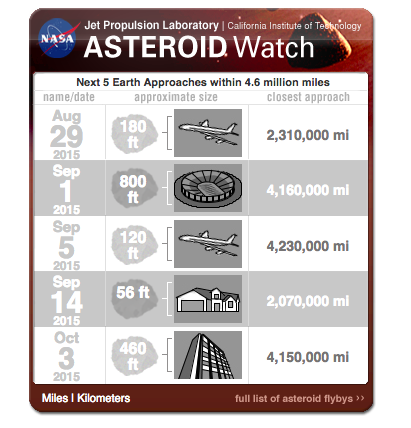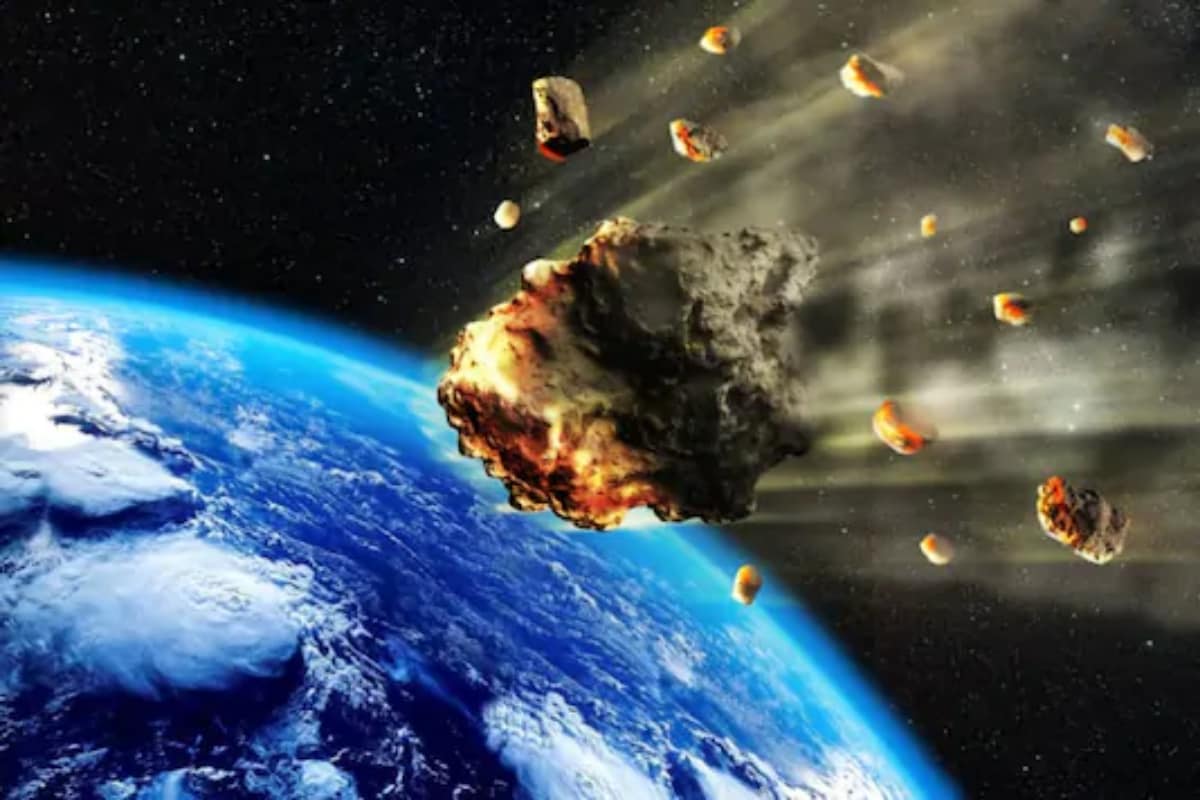
© iStock Stock image: Artist's rendering of an asteroid. 2001 FO32 is the largest space rock to make a close approach to Earth in 2021.
NASA Analysis: Earth Is Safe From Asteroid Apophis for 100-Plus Years 2021-03-25. After its discovery in 2004, asteroid 99942 Apophis had been identified as one of the most hazardous asteroids that could impact Earth. But that impact assessment changed as astronomers tracked Apophis and its orbit became better determined.
- NASA's OSIRIS-REx probe is about to sample asteroid Bennu and you can watch it all live online starting today (Oct.
- NASA.gov brings you the latest images, videos and news from America's space agency. Get the latest updates on NASA missions, watch NASA TV live, and learn about our quest to reveal the unknown and benefit all humankind.
- Mar 21, 2021 — NASA Asteroid Watch (@AsteroidWatch) March 8, 2021 The asteroid's size also makes it a good object to track, and the Virtual Telescope Project based in Rome will be streaming an online watch.

Later this month, an enormous asteroid will fly safely past the Earth—and you can watch the event live online from the comfort of your own home.

The space rock, dubbed (231937) 2001 FO32, is likely the largest asteroid to make a close approach to Earth in 2021, according to NASA's Center for Near Earth Studies (CNEOS).
Based on its observed magnitude, the CNEOS estimates that the asteroid measures between 2,526 feet (0.47 miles) and 5,577 feet (1.05 miles) across.
The upper limit of this size estimate is larger than any other asteroid that will fly past our planet this year.
Acer aspire v5571 driver for mactoylasopa. Even taking the asteroid's smallest size estimate, the space rock would still stand around the same height as the world's tallest building—the Burj Khalifa in Dubai.
'The vast majority of near-Earth asteroids are very much smaller in diameter,' Don Yeomans, a former NASA planetary scientist, told Newsweek. 'As you go to smaller and smaller near-Earth asteroids there are more and more of them—because, over time, they keep running into each other and fragmenting into smaller sized objects.'
The space rock will come within around 1.3 million miles of our planet—equivalent to around five times the average distance between the Earth and the moon— at 11:03 a.m. ET on March 21. At this point, the asteroid will be quite bright and potentially visible through small instruments, mainly from the Southern Hemisphere, according to astronomer Gianluca Masi from the Virtual Telescope Project (VTP).
The VTP will be providing a live feed of the asteroid's fly-by beginning at 11 p.m. ET on March 21 (4 a.m. UTC on March 22) which is a few hours after the space rock's closest approach—when it will be much fainter and barely visible from the Northern Hemisphere at dawn.
In addition to its size, 2001 FO32 is also notable for its staggering speed. The space rock will be traveling at around 76,980 miles per hour at the time of closest approach, which also makes it the fastest asteroid to fly past Earth in 2021.
The object is classified as a 'near-Earth object' or 'NEO' because its orbit around the sun can take it within 30 million miles of Earth's own orbital path.
Video: Scientists Detect a New, Hidden Layer to Planet Earth (Amaze Lab)
Richard Binzel, a planetary scientist from the Massachusetts Institute of Technology, told Newsweek: 'The orbit is more elongated—higher eccentricity—than most near-Earth objects, but not unusually so. This gives it a higher velocity when passing through the inner solar system.'
Astronomers have also designated the asteroid as 'potentially hazardous.' This term is reserved for space objects estimated to measure more than 460 feet in diameter that can approach the Earth's orbit within 4.6 million miles.
Despite the 'potentially hazardous' tag, astronomers know the orbit of this object well and there is no chance it will strike our planet in the foreseeable future.
Binzel said there is currently 'zero' chance that 2001 FO32 will collide with Earth in future, noting that the object is 'not a threat.'
'The potentially hazardous designation simply notes that it is an important one to track and verify as zero, which is the case.'
Binzel said statistically, Earth impacts of objects the size of 2001 FO32 might occur on average every few million years. They would be 'regionally devastating, perhaps with some short-term global climate effects from dust lofted into the stratosphere.'
'It's why we search for them, track them, and catalog them just to make sure. So far so good—but astronomers still have work to do in continuing to discover, track, and catalog thousands and thousands more, just to be sure.'
Very little is known about the physical characteristics of 2001 FO32, but Yeomans said this will change 'dramatically' following observations that will be made during the upcoming close approach.
But measurements by MIT astronomers show have shown that FO32 has the same colors as rocky asteroids, so it did not originate as a comet, Binzel said.
Meteorite Close To Earth Today
'Likely it is an escapee from the asteroid belt, nudged into the inner solar system by Jupiter's gravitational perturbations. Just like 90 percent of all other near-Earth asteroids.'
Nasa Asteroid Watch
Related Articles




